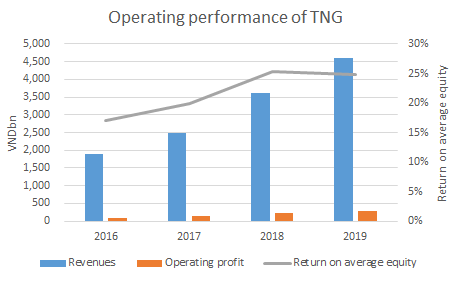Movement in SE Asia
/Most of the world is in shut down now. I am in shutdown, you probably are too. I have been going out a bit, mostly to get essential goods or when I have to get something from/for work. Otherwise, I am a homebody. Oh, and I have been running a lot. A lot! Like 10 miles one day, 7 another, 5 on the reg. It helps keep the weight down, since I am self-medicating with food and drink.
And Southeast Asia is doing the same. Google put out data that puts numbers to what’s happening. The company used anonymous location data it collects from Android (remember that more than 85% of phones shipped use Android). It broke out places by different categories, including residential and workplaces, and it did it for all places over the world, including my SE peeps.
Lots of interesting things here in the data, which shows movement to March 29 against a baseline trend.
Vietnam is mostly in the middle of the pack. It isn’t going full out in terms of social distancing, but it isn’t the worst by far. Laos is the worst, but Singapore, surprisingly, isn’t too far behind Laos. Maybe because of a very strict testing regime there that allows people more leeway.
Retail & recreation and transit have seen the biggest hit, in terms of where people are going, or not in this case.
Source: Google, chart by Vietecon.com
Source: Google, chart by Vietecon.com
Parks are still plenty busy in Singapore, but almost everywhere else they have seen massive declines.
Grocery stores have seen the second lowest decline (after workplaces), which is kind of surprising. The grocery stores I know (and I have intimate accounting knowledge of one in the US, ooh la la) is doing gangbusters, but that’s a function of both more tickets (customers) and bigger baskets (how much each customer buys).
Transit stations have declined the most, as mentioned above. In Malaysia and the Philippines, that means an 80%+ decline. Basically no one is traveling by bus or train, if they can help it.
Source: Google, chart by Vietecon.com
Source: Google, chart by Vietecon.com
Workplaces are surprisingly busy. Or at least, they haven’t declined as much as I would have expected. Factories have been kept open so far. This is the most surprisingly finding for me. The US has seen a 38% decline, which is more than most of SE Asia, and not all of the States were/are locked down.
Residential mobility has increased, of course. The number is low, but that’s probably because people already spent a lot of time at home. Just sleeping means that you spent at least a third of your time at home. And it probably is around 50-60% regularly. So to increase it by 26% like the Philippines means everyone is staying home most of the time.
Source: Google, chart by Vietecon.com
Source: Google, chart by Vietecon.com
A big caveat here: Google explicitly says we shouldn’t compare different countries, so take my international comparisons with a hefty dose of salt. But I think the country data, on its own, is interesting.









































